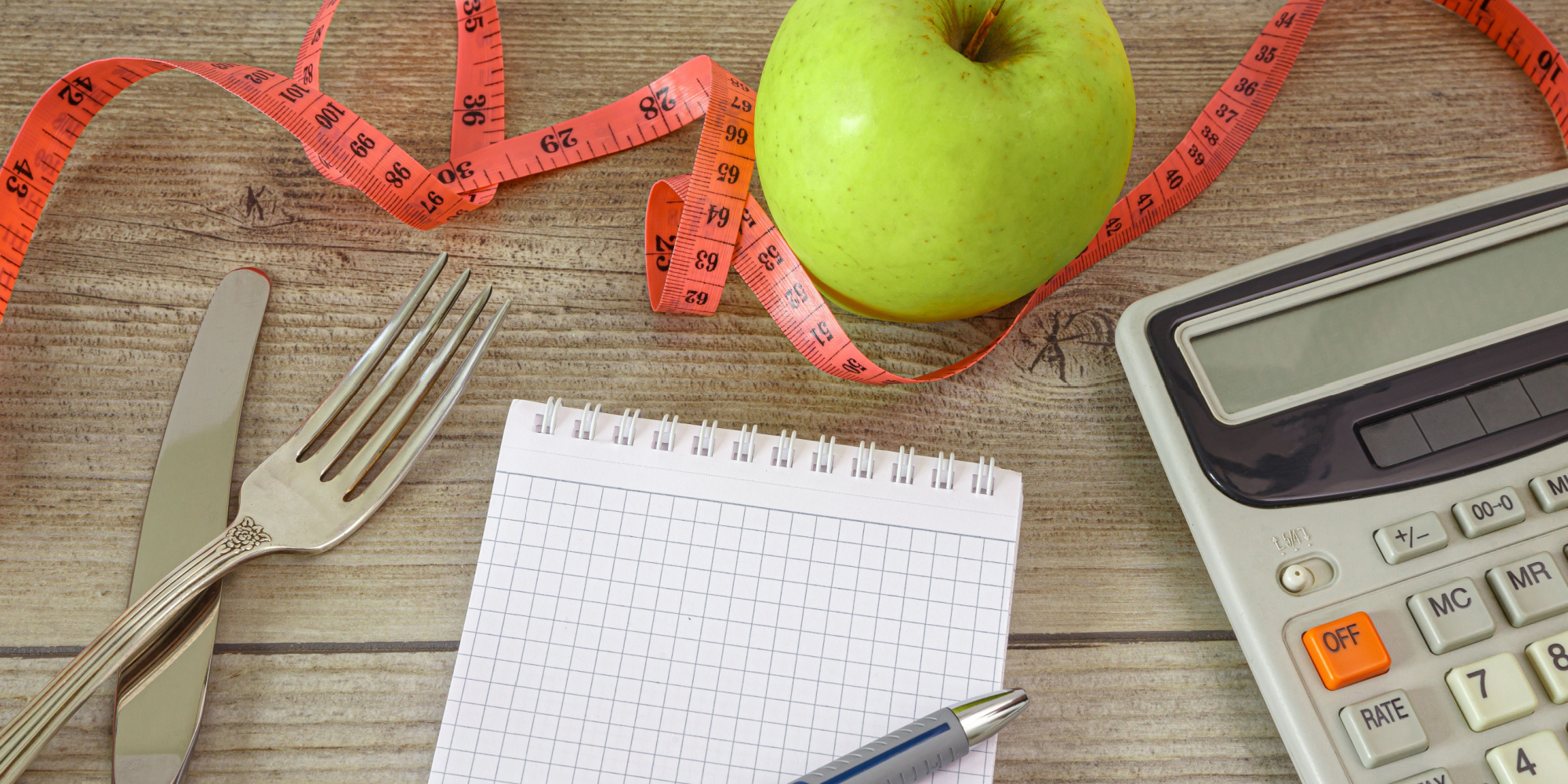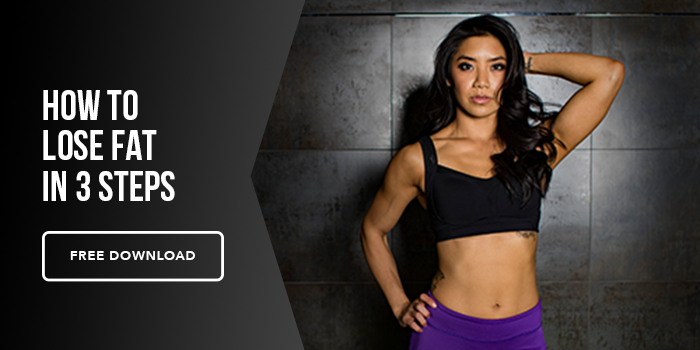Whether you are trying to lose weight or gain muscle, maintaining appropriate nutrition practices is key for long-term success. You could have the best trainer in the world, assigning the most effective exercises with your goal in mind, but having unhealthy eating habits will completely derail you from ever accomplishing your goals. Even if you feel like you are in a calorie-deficit, eating foods with zero to very little nutritional value will make the journey to losing weight even longer, and will likely leave you feeling pretty crappy.
One solution many trainers utilize to get their clients back on track is to count macros. At face value, the main objective is to eat foods that fall under your macro goals, and not necessarily on the quality of foods. I, however, would still recommend considering the nutritional value of each item, while maintaining the 70/30 principle: as long as you’re eating nutritious foods a majority of the time, you are following a diet that promotes overall health and wellbeing. So although macro goals are important, you need to still consider the quality of foods you are eating if you want to move better, look better, and feel better.
Now, what are some things you should know about counting macros?
First, let’s go over what macros actually are! Macronutrients are a category of nutrients that include carbohydrates, proteins, and fats, that are present in foods in large amounts.
- Carbohydrates: This is the body’s (and brain’s) main fuel source. Refined carbohydrates (white bread, pasta, cookies, pastries, etc.) has less fiber and effects blood sugar differently than minimally processed carbohydrates. If you want energy, without the crash, carbohydrates rich in fiber will help with satiety and hunger control. One gram of carbohydrate is equal to 4 calories.
- Protein: Protein is made up of amino acids, which all have different roles in the body. Some amino acids are nonessential and can be created from the body, while others are essential, and have to come from our diet. Protein helps us build and maintain muscle mass, and also hormone, enzyme, and immune chemical production. One gram of protein is equal to 4 calories.
- Fats: Fat is needed for many things in the body, including balancing hormones, cell membrane formation, transporting fat-soluble vitamins, and providing omega-6 and omega-3 fatty acid (which cannot be produced from the body). One gram of fat is equal to 9 calories.
Now that you know what macros are, how do we go about tracking them?
First, you need to know what your calorie goal is. If you want to lose weight, and you are eating 2500 calories a day, a safe, new calorie goal could be 2200 calories when an increase in physical activity is also being prescribed.
Once the calorie goal is established, we can then break down how much protein, fat, and carbs we should be consuming.
A general recommendation is to follow this daily nutrition guideline: 50% carbohydrates, 30% fat, and 20% protein. If your daily calories are broken down around these numbers, then you are hitting a healthy amount of each macronutrient. Using the 2200 calorie goal I mentioned earlier, your macro nutrients will be broken down like this:
-Carbohydrates: 1,100 calories per day=275 grams per day
-Fat: 660 calories per day=73 grams per day
-Protein: 440 calories per day=110 grams per day
If you are someone who is more than fairly activate or is even an athlete, you may want to adjust your carbs and protein a little bit more. These people will require more energy, which means that carbohydrates could make up closer to 55% of the diet instead of 50%. If building muscle is really important, protein intake could be closer to 25% of total calories consumed. Just be sure that there aren’t drastic decreases in any one of the macronutrients. If this is the case, you will likely notice changes in energy levels, which can set you back from your goals.






